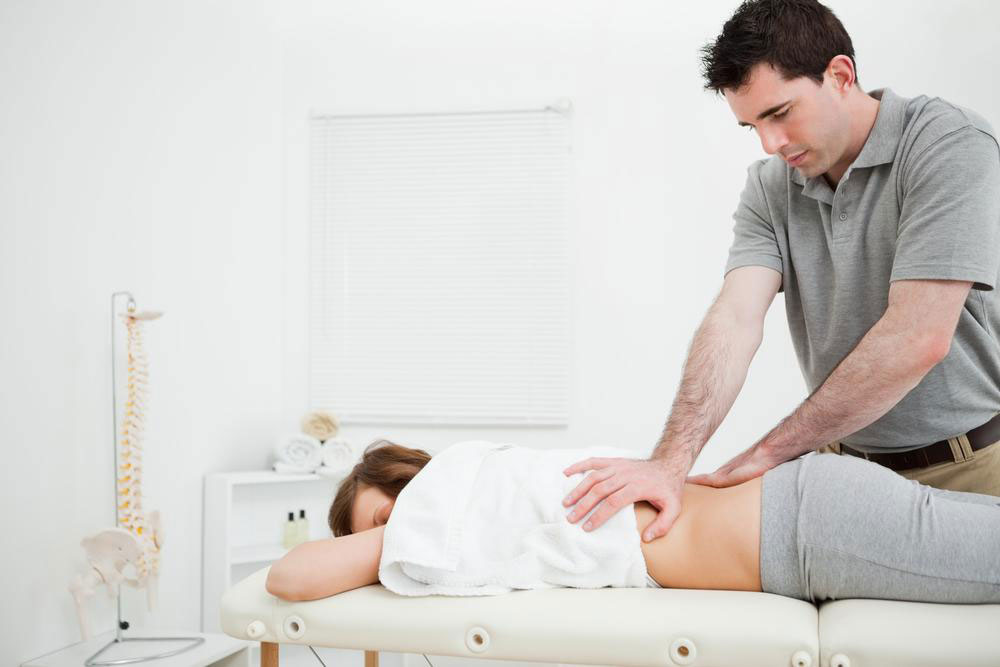Choosing the Right Treatment for Spinal Stenosis
Spinal stenosis is an extremely painful condition that causes the narrowing of the spaces within the spine. This puts pressure on the nerves that travel through the spine and may lead to several complications. Spinal stenosis commonly occurs in the neck and the lower back. One of the major drawbacks of this condition is the fact that its onset may come with symptoms to indicate the presence of the condition.

Spinal Stenosis Treatment Options
Treatment for spinal stenosis is dependent on the severity of the signs and symptoms of the disease as well as its location. You must consult a doctor to determine the treatment method that suits you best. If your condition is mild, home remedies may be enough to keep your condition at bay. If you are suffering from severe spinal stenosis, or if home remedies are doing you no good, your doctor may recommend physical therapy, medications, or even surgery. Here are a few of the best spinal stenosis treatment methods.
- Medications
The doctor may prescribe the use of pain relievers and anti-depressants. Pain medications may be successful in providing temporary relief and may ease the discomfort associated with the disease. Try not to use them for long periods of time as they can cause more harm than good. Anti-depressants can help ease chronic pain. Again, do not use them for long periods of time. Opioids can also be made use of to provide for short-term pain relief. While they can be used for long-term pain treatment, try to avoid using opioids as they are highly addictive. You may get addicted to their use and end up suffering from serious side-effects. Opioid overdose leads to about 100 deaths per day in the country; therefore, one has to be careful. Anti-seizure medications can be used to reduce the pain associated with damaged nerves. - Physical Therapy
Physical therapy is a necessity when it comes to spinal stenosis treatment. People suffering from this disease tend to become less active due to the pain associated with the disease and its repercussions on the body. Becoming less active has its own side effects as it can lead to muscle weakness and can result in more pain. Work with a physical therapist to help maintain the stability and flexibility of your spine, to build up your endurance and strength, and to improve your balance as a whole. - Surgery
Surgery is generally the last course of treatment used only if medications do not suffice their purpose. Surgery may also be considered if you have been disabled by your symptoms. The goal of surgery is to create more space within the spinal canal to relieve the pressure on your nerve roots and the spinal cord. Surgery to decompress the stenosis affected area is the best way to resolve its symptoms if no other course of spinal stenosis treatment works its magic. While surgery may result in complications, the latest available technology and experienced spinal surgeons can help you to avoid this. You can also seek a second opinion if you believe that surgery is not the way out for you. The most common surgical procedures used include Laminectomy, which involves the removal of the lamina of the affected vertebra, Laminotomy, which involves the creation of a hole in the lamina of the affected vertebra to relieve pressure, Laminoplasty, which involves the creation of the lamina of the affected vertebra in the neck, and minimally invasive surgery, which can be done through laser surgery for the treatment of spinal stenosis.
While there are several spinal stenosis treatment methods, your doctor may recommend surgery only if your condition is too severe to be treated through administered medication. People aged over 50 years of age are at the highest risk of suffering from the symptoms of spinal stenosis. Apart from age, herniated discs, spinal injuries, thickened ligaments, tumors, and the overgrowth of bones in the spine in the neck and lower back region may lead to the onset of the disease. If you are suffering from the symptoms of spinal stenosis, make sure to visit a doctor immediately to seek medical attention. The disease may progress further and lead to several unwarranted complications.